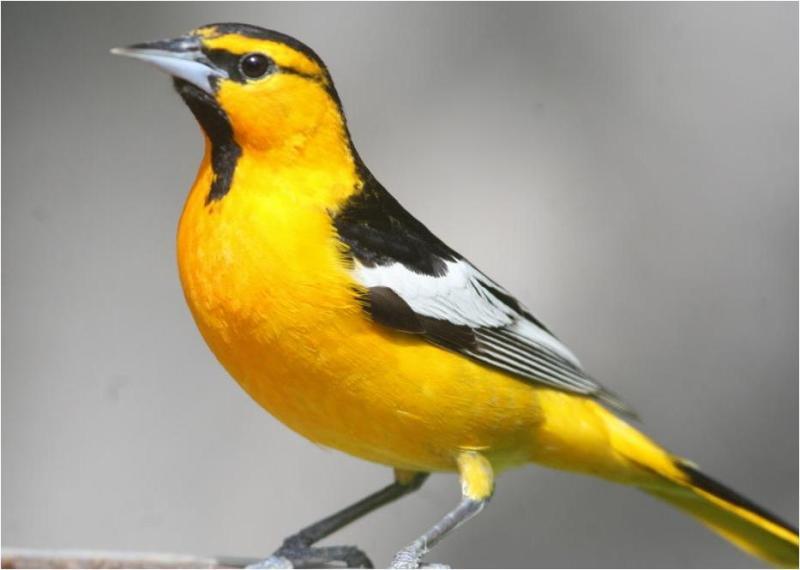Habitat around homes fill gaps:
By Dave Hanks
As the world population, as well as America’s, expands - habitat for wild things shrinks. People that care, can help wildlife out, especially birds. The planting of a variety of vegetation types around homes aids birds greatly. I read that 82 percent of the nation’s cities, suburbs, and small rural housing plots give homes to two-thirds of all North American bird species.
We have been fortunate to live on a small farm with a large yard around the house. We have a great variety of trees and shrubs. As a result, the place has been an attraction for wildlife. My wife loved the birds, and so we kept a record of the species that visited our place. We have recorded one hundred and nine bird species. It is amazing how many you will see when you become aware of them!
Birds are much more numerous than non-bird wildlife species – but we’ve had our share of those too. Northern Fox Squirrels are plentiful and it seems that Mountain Cottontails find security under most of our bushes. There was even a Striped Skunk that lived in the culvert under our driveway, and a badger that dug a burrow under the cattle corral manger. A Red Fox used to hangout on the lower end of our place; but, perhaps, the most exciting were the three Mule Deer (2 bucks and a doe) that would wander across our yard to eat the apples that had dropped from the apple trees in the back. Less preferred creatures such as assorted rodents, butterflies, weasels, and Garter Snakes also utilize our yard.
However, the birds are the greater beneficiaries. It is nice to be serenaded in the early evening and early morning by the Great Horned Owls that live here. Colorful birds come here in the spring; like Towhees, Buntings, Western Tanagers, Black-Headed Grosbeaks, and Bullock’s Orioles. Several pairs of the latter two species nest in our yard, and we can enjoy them all summer long.
(A male Bullock’s Oriole: breath-taking splendor)
|
